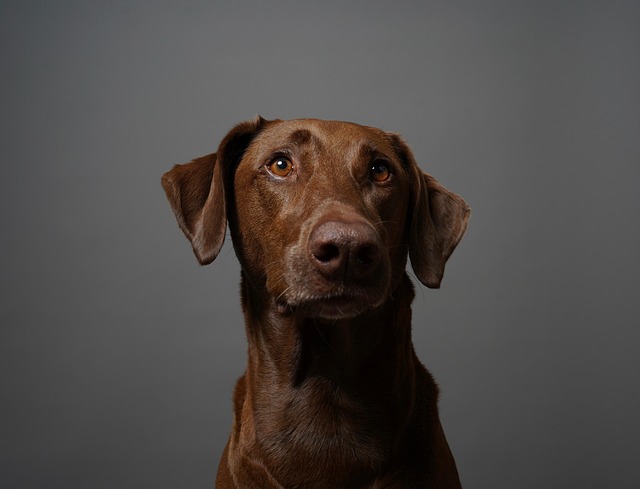
What is glaucoma in a dog?
You might notice your dog squinting more at mealtime or avoiding bright sunlight—these small changes could be early signs of a serious eye condition.
When a once gentle and cute dog suddenly shows aggression, it not only scares those around it, but also worries us as owners. The aggressiveness of dogs is like a burning flame, breaking the originally harmonious living atmosphere. But fortunately, there are many ways to help us calm this aggression in dogs and restore love and peace to the time we spend with them.
Exploring the root cause of dog aggression is the first and most crucial step in solving the problem. Health factors are often overlooked by people, but they may quietly play a role behind the scenes. Pain is a common trigger for aggression in dogs. For example, when a dog suffers from arthritis, persistent pain in the joints can make it restless, and any slight touch can become a spark that ignites its aggressive emotions. Dental problems cannot be ignored, as gum inflammation and loose teeth can cause pain that can torment dogs during daily eating and play, leading to aggression.
The socialization experiences of dogs during their growth process have a profound impact on their personality and behavior. If a puppy does not receive sufficient socialization training and has not been exposed to a variety of people and other animals during its puppy stage, it will easily develop aggression due to fear and anxiety when facing unfamiliar peers or humans as it grows up. Imagine a person who has never seen the sea before, standing on a turbulent beach for the first time, their heart must be filled with fear. Dogs are no exception, unfamiliar environments and companions are full of unknowns and dangers for them. So, from a young age, dogs should actively create opportunities for socialization. Take it to the park and let it play with dogs of different breeds and personalities; Bring it to pet gatherings and interact with various people. During this process, dogs will gradually learn how to interact with others and interpret the body language of other animals, thereby reducing aggression caused by unfamiliarity.
Territorial awareness is an innate instinct of dogs and one of the important factors leading to their aggression. Dogs consider their living space, such as their home, yard where they often play, and even their owner's side, as their own territory. When other dogs or strangers invade its designated territory, it will not hesitate to launch an attack in order to defend its sovereignty. For example, when a stranger dog enters the house, their own dog may immediately rush to the door, bark loudly at the other person, trying to drive away the "intruder". In the face of this situation, we need to help dogs correctly understand the boundaries of their territory, so that they understand which behaviors are acceptable visitors and which are not allowed.
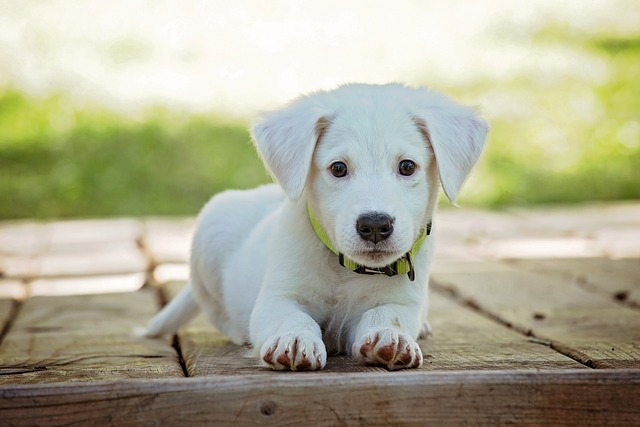
Social training plays a crucial role in calming dogs' aggression. During the golden stage of socialization in the early childhood of dogs, we should expose them to various environments, people, and animals as much as possible. Take it to the bustling streets and experience the hustle and bustle of traffic; Take it to the pet hospital and familiarize yourself with the smell and sound there; Take it to a friend's house and interact and play with other pets. As dogs come into contact with more and more things, their fear and hostility towards unfamiliar things will gradually decrease, and their aggression will also decrease accordingly.
Creating a stable, safe, and comfortable living environment for dogs is an important foundation for calming their aggression. Dogs are very sensitive to changes in their environment. Noisy noises, frequent human movements, and sudden environmental changes can all make them feel nervous and uneasy, thereby triggering aggression. So, we should try our best to create a quiet and warm living space for dogs. Keep your home tidy and orderly, and prepare a comfortable and exclusive nest for your dog, so that it has a safe place to hide when it feels scared or uneasy. At the same time, avoid exposing dogs to stimuli that may trigger their aggressive behavior, such as not exposing them to fierce animal videos for long periods of time, and not placing them in overly crowded or chaotic environments.
Exercise and mental stimulation play an important role in the physical and mental health of dogs, and are also effective means to alleviate their aggression. Dogs are naturally full of vitality and need to release excess energy through exercise. Take your dog for a moderate walk and play every day, allowing it to run and jump outdoors to its heart's content. This not only consumes its physical energy but also brings it joy. In addition to physical exercise, mental stimulation is equally important. Provide some educational toys for dogs, such as leaky food balls, puzzle solving toys, etc., so that they can use their brains and challenge themselves while playing. When a dog's energy is fully released and its spirit is satisfied, it will not develop aggression due to boredom and repression.
Suppressing a dog's aggression is not something that can be achieved overnight, it requires us to invest enough patience, time, and love. By delving into the causes of dog aggression and adopting scientifically effective coping strategies such as positive reinforcement training, socialization training, creating a good environment, providing sufficient exercise and mental stimulation, we can definitely help dogs overcome aggression and become that gentle, cute, and beloved companion again. Because dogs give us the purest love and loyalty, we should also do our best to create a harmonious and beautiful living environment for them, and continue the precious and beautiful emotional chapter between us and dogs.

You might notice your dog squinting more at mealtime or avoiding bright sunlight—these small changes could be early signs of a serious eye condition.
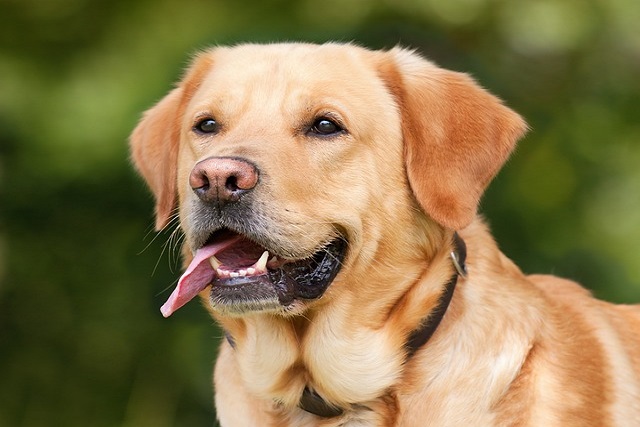
Let’s set the scene: It’s a sweltering Phoenix afternoon—105°F outside—and you rushed your 2-year-old Lab mix, Cooper, on a quick walk to “get it over with.”
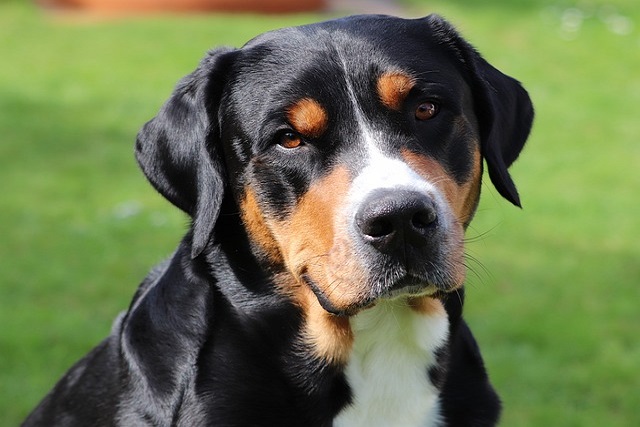
Let’s get real: You’re in your Miami apartment, watching your 3-year-old Corgi, Loki, struggle to climb the stairs to your second-floor unit.

Many dog owners brush off occasional scratching as just “dog behavior,” but persistent itching often signals something more—like a food allergy.
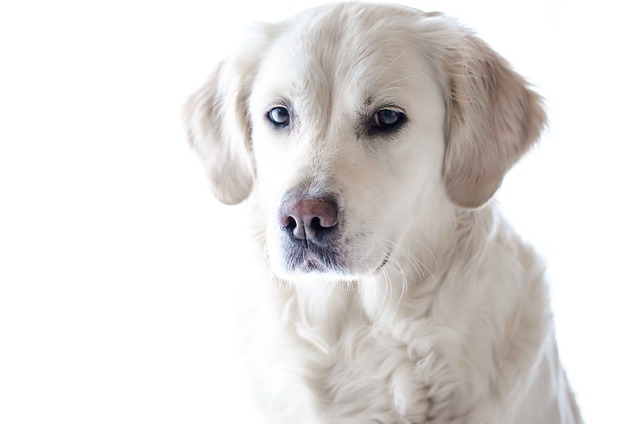
You might first notice your dog scratching more than usual—chewing at their paws until the fur looks thin, or rubbing their face against the couch nonstop.
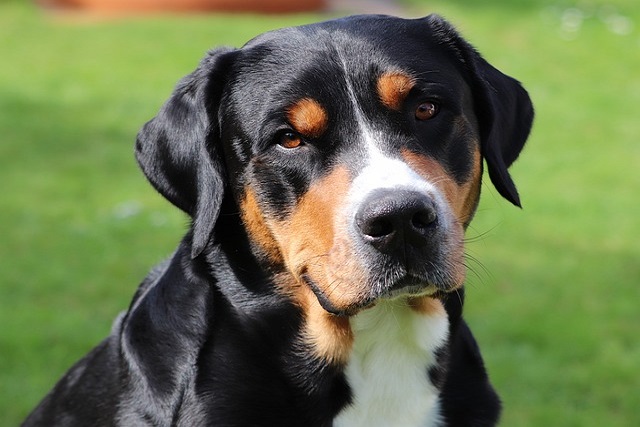
Let’s be real: You’re standing in your Chicago apartment, watching your 3-year-old Beagle, Max, huff and puff just to climb onto the couch.